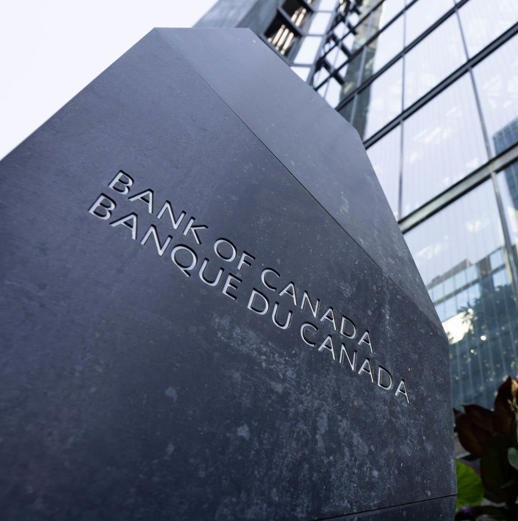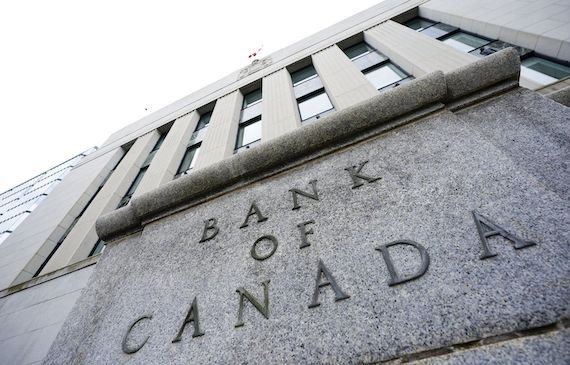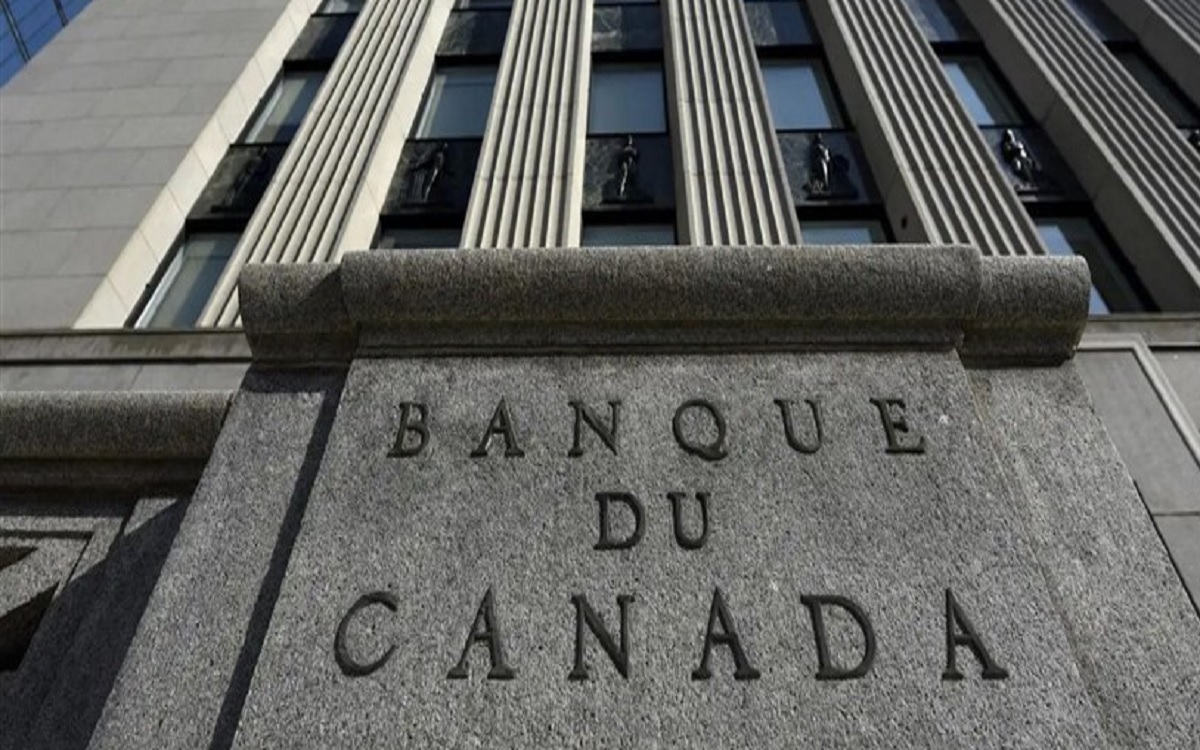How Changes in the Bank of Canada’s Key Interest Rate Affect Businesses and Consumers
Banque Du Canada Taux Directeur, The Bank of Canada’s key interest rate, known as the “target for the overnight rate”, is one of the most important interest rates in Canada’s economy. This key rate influences the cost of borrowing for both businesses and consumers across the country. When the Bank of Canada raises or lowers this rate, it ripples through the economy, impacting everything from mortgage payments to corporate loans.
Recent Released: How To Secure Device From Malware and Illegal javfinder Website
hat is the Target for the Overnight Rate?
The target for the overnight rate is the interest rate that the Bank of Canada aims to achieve when lending funds to major financial institutions for a one-day (or overnight) period. It serves as the benchmark interest rate for short-term lending between financial institutions and ultimately influences all other interest rates.
The Bank of Canada reviews this target rate 8 times per year and decides whether to leave it unchanged, raise it, or lower it. These decisions depend on the overall health of the economy and the Bank’s goals of maintaining low and stable inflation.
For example, if the economy is growing quickly and inflation rising, the Bank may decide to raise the overnight rate to cool things down. On the other hand, if the economy is sluggish, the Bank may lower the rate to stimulate borrowing and growth.

How the Overnight Rate Influences Other Interest Rates
While the overnight rate only directly applies to lending between banks, it indirectly impacts the interest rates that consumers and businesses pay to borrow money.
Here’s how it works
- When the overnight rate increases, it becomes more expensive for banks to borrow money from each other.
- To maintain their profit margins, banks pass along this higher cost of borrowing to their own customers by raising interest rates on products like mortgages, car loans, lines of credit, and business loans.
- The interest rates on new bank loans will adjust quite quickly to changes in the overnight rate. Interest rates on existing loans like mortgages may also adjust if they have variable rates.
- By influencing the cost of borrowing across the economy, changes to the overnight rate also impact the value of the Canadian dollar, stock prices, bond yields, and many other financial variables.
How Businesses Are Affected
Rising interest rates have significant impacts on Canadian businesses, especially small businesses:
- Higher borrowing costs: When the overnight rate rises, interest rates charged by banks and other lenders also increase. This makes borrowing more expensive for businesses looking to access credit, whether for daily operations or new investments.
- Impacts on confidence and spending: Higher interest rates can dampen overall confidence in the economy among businesses and consumers. This may lead to reduced spending and business investment.
- Weakened exchange rate: Rate hikes tend to increase demand for the Canadian dollar, making Canadian exports less competitive abroad. This can negatively impact export-oriented businesses.
- Lower valuations of assets: Interest rates impact the valuation of assets by influencing the discount rates used in financial models. Rising rates lower the present value of future cash flows, which can hurt businesses.
How Consumers Are Affected
Consumers also feel the impact of changes to the key overnight lending rate:
- Mortgage costs: The majority of Canadian mortgages have variable interest rates, which means their payments adjust as the overnight rate changes. Higher mortgage costs leave consumers with less disposable income.
- Access to credit: From auto loans to lines of credit, consumers pay higher interest rates to borrow money when the Bank raises rates. It also becomes harder to qualify for loans.
- Confidence and spending: Like businesses, higher rates can deter consumer confidence and discretionary spending. Major purchases like cars and home renovations may be delayed.
- Savings account returns: When rates rise, interest rates on savings accounts also trend up over time, allowing consumers to earn more passive income.
- Investments: Changes to the overnight rate influence stock markets, bond yields, and other investment assets. Rising rates tend to lower the values of stocks and bonds.
Current Interest Rate Environment
As of January 2023, the Bank of Canada’s target for the overnight rate stands at 4.25%, up from just 0.25% at the start of 2022.
This rapid rise in interest rates over the past year has significantly impacted consumers and businesses:
- Mortgage rates have increased from around 2% to over 5% for new variable rate mortgages.
- The average interest rate on new fixed-rate mortgages has risen from under 3% to over 5%.
- Credit card interest rates now range between 15-25% compared to 10-20% a year ago.
- Business loan rates are up 2% or more compared to 2021.
With inflation still running high in Canada, most economists expect the Bank to raise the overnight rate further in early 2023. This means businesses and consumers should prepare for even higher borrowing costs throughout the year.

Conclusion
As Canada’s central bank, the Bank of Canada exerts tremendous influence over interest rates and the overall economy through adjustments to its target overnight lending rate. Changes to this key interest rate affect the cost of borrowing for both businesses and consumers.
Generally, rate hikes slow the economy by making it more expensive to borrow and invest, while rate cuts provide stimulus by encouraging spending and growth. Both businesses and consumers must pay close attention to the Bank’s interest rate decisions and adjust their financial plans accordingly.
Key Interest Rate Impacts
| On Businesses | On Consumers |
| Higher borrowing costs | Increased mortgage payments |
| Reduced investment and confidence | Higher interest on loans and credit cards |
| Weaker exchange rate | Tighter credit qualification |
| Lower asset valuations | Impacts on confidence and spending |
| Changes to savings account returns | |
| Effects on investments like stocks and bonds |
